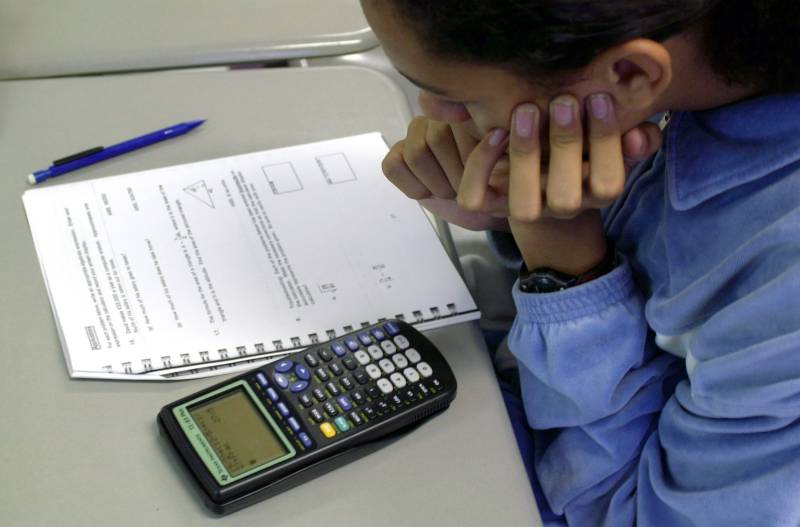Key points:
These five tips can help educators understand the needs of their neurodiverse students
Leveraging student data to improve IEPs
Why special educators are key to behavioral equity and inclusion
For more news on special education, visit eSN’s Innovative Teaching hub
The number of children diagnosed with developmental disabilities is on the rise, specifically those diagnosed with attention-deficit/hyperactivity disorder (ADHD) and autism spectrum disorder (ASD). Today, a staggering nearly one in 10 children have a developmental disability, according to the Centers for Disease Control and Prevention’s National Center for Health Statistics (NCHS).
A key factor driving diagnoses is the increased public awareness surrounding the spectrum of symptoms of these neurotypes. The number of Google Searches for both “autism symptoms” and “ADHD symptoms” has increased by over 135 percent in the last five years, from April 2019 to April 2024.
Common misconceptions and a lack of awareness about neurodiversity can significantly hinder neurodiverse children in the classroom. In turn, this can create unwanted barriers to their learning, success and overall well-being. This is why it is vital to employ professionals who are trained to help create the environments these children need.
To meet the demands and needs of these neurodiverse students, school districts are on the hunt for special education professionals. As schools face a nationwide shortage of qualified professionals, countless students lack the support they need to thrive academically and socially. To help educators address neurodiversity in the classroom for Autism Pride Day on June 18, school therapy and teacher staffing agency, here are some best practices to ensure all students can become successful learners.
Five ways that schools, educators, and communities can support neurodiverse students in the classroom:
1. Implement Universal Design for Learning (UDL)
Each student has a unique way of processing information, and research shows that multi-sensory learning helps improve memory retention and overall understanding of the subject matter.
The UDL framework, which offers visual, auditory, tactile, and kinesthetic learning methods, helps remove potential hurdles in the learning process and caters to the diverse needs of all students, including those with neurodevelopmental disorders.
2. Consider individualized support
Teachers can work closely with students to develop personalized learning plans and strategies that address their unique needs. This may include offering additional time for assignments, providing visual aids, or using assistive technology.
3. Foster social-emotional learning
By ensuring students frequently engage in group activities and cooperative learning, educators can encourage positive peer interactions and provide opportunities for students to build friendships and develop their social skills.
4. Utilize multi-sensory classroom design
To accommodate different learning preferences and sensory needs, classrooms can incorporate designated quiet spaces, natural or soft lighting, calming colors, and sensory objects. In addition, using visual aids, such as daily schedules and timers, can be particularly helpful for students with autism or ADHD who might struggle with timekeeping and prolonged focus.
5. Include inclusive books in classroom libraries and reading lists
By actively pursuing and incorporating inclusive books, such as books with neurodiverse characters or those with disabilities, teachers expose students to varied perspectives, experiences, and challenges that may differ from their own. This helps to break down stereotypes and promote a more inclusive and supportive learning environment where students who identify with these characters feel seen.
Embracing neurodiversity in the classroom fosters a culture of empathy, respect, and acceptance. When schools prioritize the support and acknowledgment of neurodiversity, they create a more equitable and inclusive learning environment for all students.
By embracing neurodiversity in the classroom, teachers can create a more inclusive and supportive learning environment where all students can thrive.
The number of children diagnosed with developmental disabilities is on the rise, specifically attention-deficit/hyperactivity disorder (ADHD) and autism spectrum disorder (ASD). Featured on eSchool News, Innovative Teaching, Students with Special Needs, autism, autism spectrum disorder, better, children, classroom, disabilities, Education, Google, national, schools eSchool News





